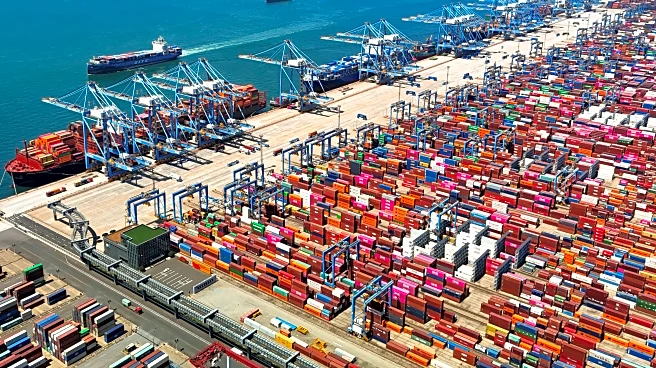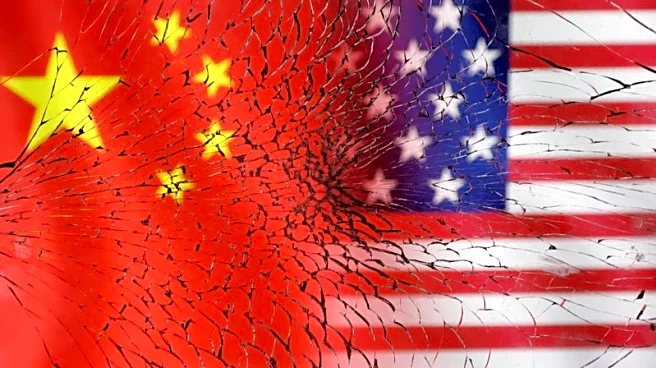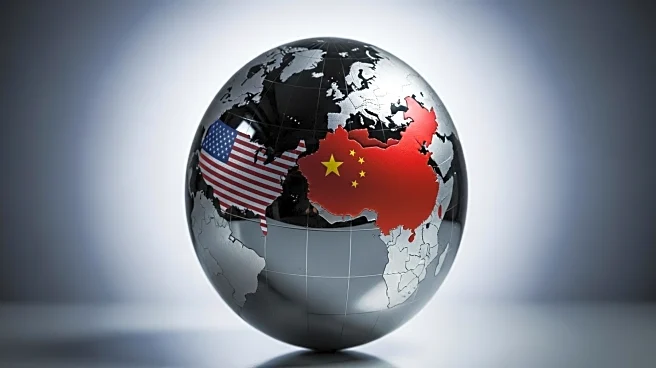What's Happening?
China has announced retaliatory port fees on U.S.-owned vessels docking in the country, in response to planned U.S. port fees on Chinese ships. The fees, set at 400 yuan ($56) per net ton per voyage, will apply to American vessels and rise annually until 2028. This move comes ahead of trade talks between President Trump and Chinese leader Xi Jinping. The U.S. plans to impose similar fees on Chinese ships, escalating tensions between the two nations.
Why It's Important?
The imposition of reciprocal port fees could disrupt shipping operations and increase costs for businesses involved in transpacific trade. It reflects the deepening trade war and the potential for further economic confrontation. The fees may impact global shipping rates and supply chains, affecting industries reliant on international trade. The situation underscores the fragility of diplomatic relations and the challenges of resolving trade disputes.
What's Next?
The port fees are set to take effect on October 14, coinciding with the U.S. fees on Chinese vessels. The upcoming Asia-Pacific Economic Cooperation forum may provide an opportunity for dialogue between the U.S. and China. Shipping companies may seek to redeploy fleets to avoid additional charges, while industry groups advocate for resolution of trade tensions.
Beyond the Headlines
The reciprocal fees highlight the strategic importance of maritime trade routes and the leverage they provide in international negotiations. The situation may prompt discussions on alternative shipping routes and diversification of supply chains. It also raises questions about the long-term impact of protectionist policies on global trade dynamics.












